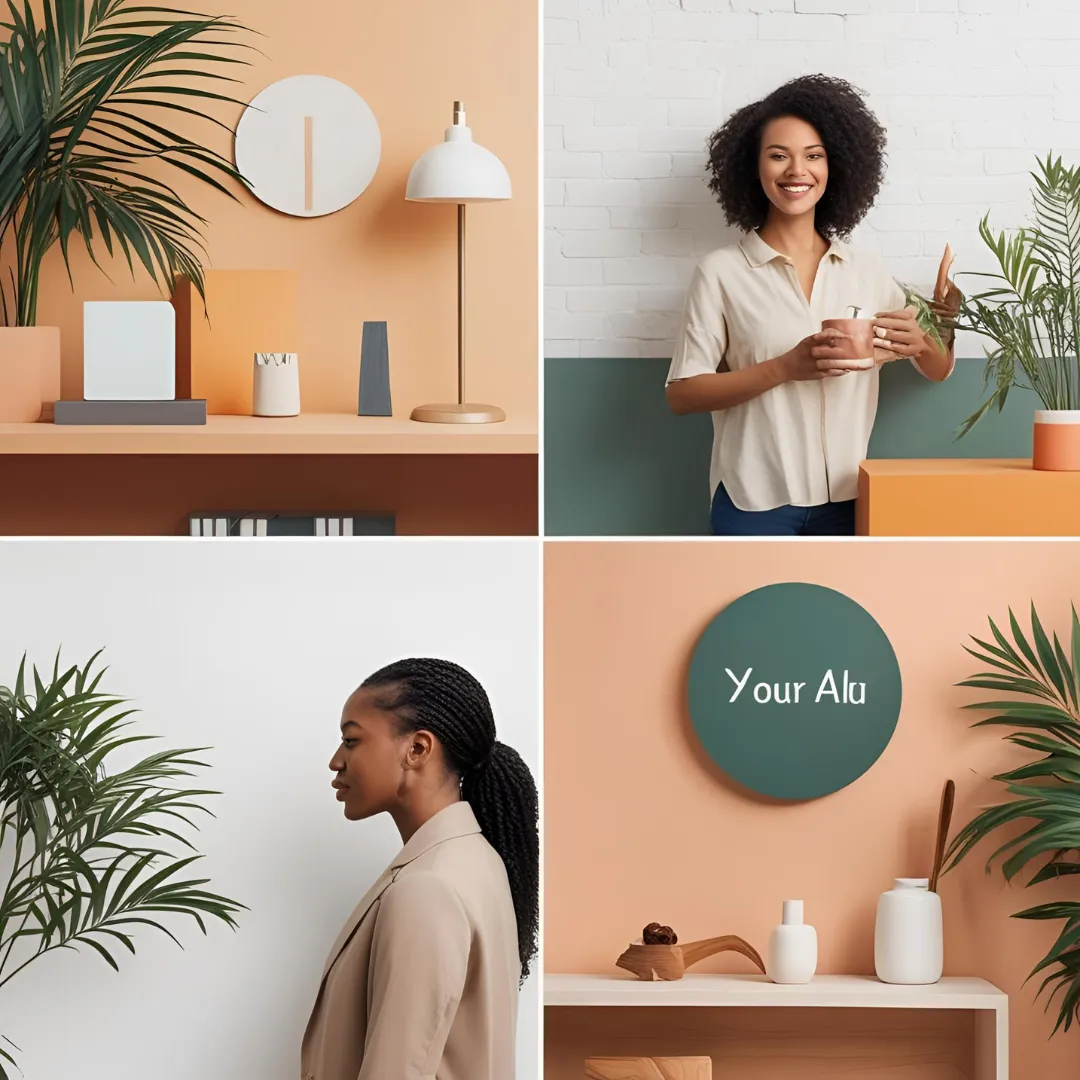
The Role of Personalization in Small Business Success
Introduction
Large corporations have long used customer data to personalize everything from recommendations to marketing. Now, small businesses can tap into these same tactics—often more effectively, given their closer relationship with customers. Personalization isn’t just a trend; it’s a powerful strategy that helps your brand stand out, boosts conversions, and cultivates loyal, long-term customers.

In this guide, you’ll learn why personalization matters, how to implement it without huge budgets or teams, and where to start for immediate impact
Why Personalization Matters
Higher Engagement: Customers pay attention when they receive messages tailored to their interests.
Stronger Loyalty: Relevant offers and experiences encourage repeat business.
Competitive Advantage: Personalized experiences set you apart in a crowded market.
Improved ROI: Targeted campaigns typically yield higher returns than generic approaches.
1. Gather the Right Customer Data
Purpose: Tailor your marketing and offers based on real insights.
Key data points:
Purchase history (what they buy, how often)
Demographic info (age range, location)
Behavioral data (website pages visited, emails clicked)
Customer feedback or interests
Example: A coffee shop tracks individual preferences (dark roast vs. flavored blends) and uses them to send personalized offers via email or SMS.
2. Segment Your Audience
Purpose: Rather than blasting the same message to everyone, deliver relevant content to each segment.
Ways to segment:
Demographics: age, location, income
Behavior: past purchases, abandoned carts, clicks
Engagement level: brand-new leads vs. returning customers
Example: An online fitness brand segments customers into “weight loss,” “muscle gain,” and “general health” categories, sending targeted workout plans and supplements to each group.
3. Personalize Your Email and SMS Campaigns
Purpose: Communicate with each customer as an individual, not a list member.
How to do it:
Address subscribers by first name in subject lines and greetings.
Dynamically insert product recommendations based on browsing or purchase history.
Trigger automated sequences when a user performs specific actions (e.g., downloads a guide).
Example: A marketing agency integrates Ignite Business Software to send a “Welcome, [Name]” email immediately after a new lead signs up, offering personalized tips based on their quiz results.
4. Use AI and Automation for Real-Time Recommendations
Purpose: Deliver relevant content and product suggestions instantly, even with limited staff.
Strategies:
Chatbots that greet returning visitors by name and recall past inquiries
AI-driven website sections displaying recommended products
Automated retargeting ads featuring items users clicked but didn’t purchase
Example: A boutique clothing store uses AI to showcase complementary accessories on product pages, increasing average order value by 20%.
5. Go Beyond Digital—Personalize Offline Experiences
Purpose: Extend personalization to in-person settings for deeper connections.
How to do it:
Train staff to remember names and preferences of repeat customers
Offer VIP in-store appointments or early access events
Send handwritten thank-you notes or birthday discounts
Example: A local salon notes frequent visitors’ favorite hair treatments, offering personal recommendations and a warm greeting each time they return.
Tools to Support Personalized Experiences
Ignite Business Software – CRM, email, and SMS automation with dynamic personalization fields.
Active Campaign / Mailchimp – Segmented email campaigns and user-specific product recommendations.
Many Chat – Chatbots that remember user details and customize interactions.
Shopify (with personalization apps) – For e-commerce product recommendations and dynamic upsells.
Questions to Drive Personalization in Your Business
Which data points best indicate my customers’ preferences or needs?
How can I segment my audience meaningfully (e.g., by interests, purchase history)?
Where can I apply AI or automation to deliver personalized recommendations without adding workload?
Am I leveraging offline personalization for in-person interactions?
Benefits of Effective Personalization
Higher Conversion Rates: Personal relevance encourages faster buying decisions.
Stronger Brand Loyalty: Customers feel understood, leading to repeat purchases.
Reduced Marketing Costs: Targeted offers often outperform broad, generic campaigns.
Improved Word-of-Mouth: Satisfied customers spread the word, praising the tailored experience.
FAQs
Q: Is personalization possible if I have a very small team?
A: Absolutely. Automation tools handle much of the heavy lifting—collecting data, segmenting lists, and sending relevant messages.
Q: How do I avoid being too invasive or “creepy”?
A: Use data ethically and transparently. Focus on genuinely helpful personalization rather than prying into overly personal details.
Q: Does personalization only work for online businesses?
A: Not at all. Brick-and-mortar shops can personalize the in-store experience by remembering returning customers’ preferences and offering custom recommendations.
Conclusion
Personalization isn’t just a buzzword—it’s a powerful strategy that transforms how customers perceive and interact with your brand. By gathering meaningful data, segmenting effectively, leveraging automation, and extending personalization both online and offline, you’ll create memorable experiences that drive loyalty, sales, and sustainable growth.
Want real-world examples of small businesses mastering personalized experiences?
Check out this case study to see how they’re doing it successfully.
